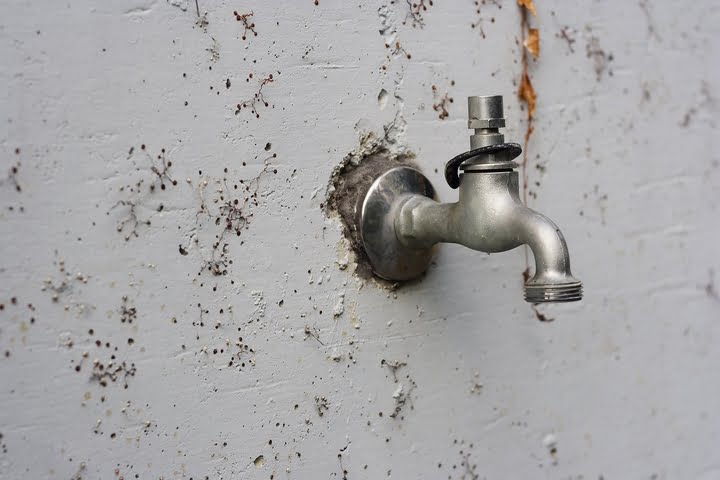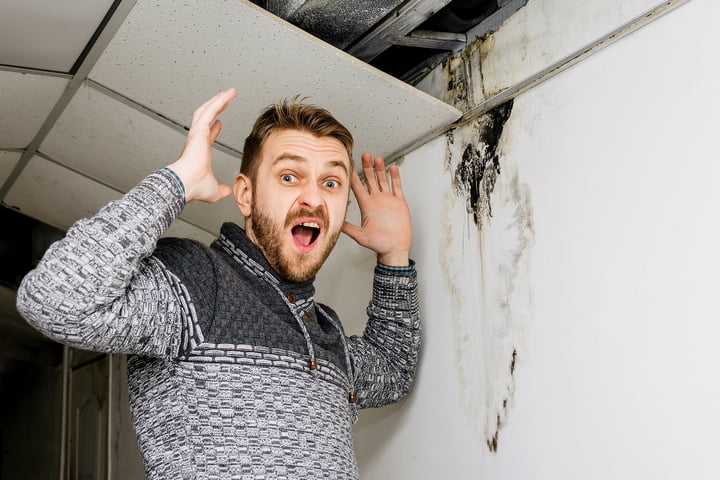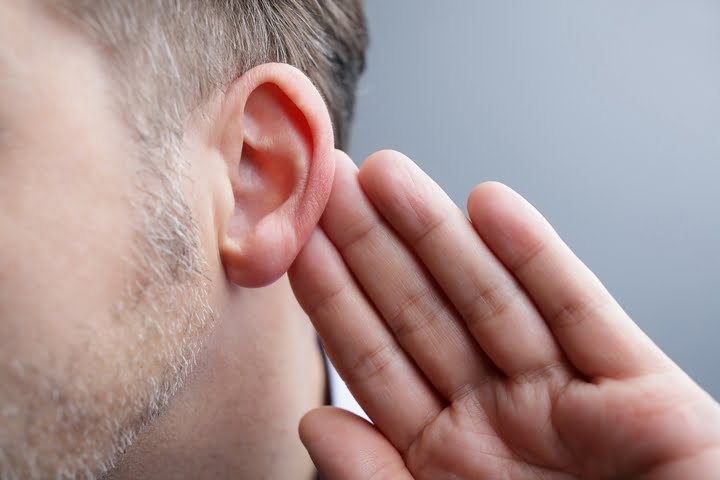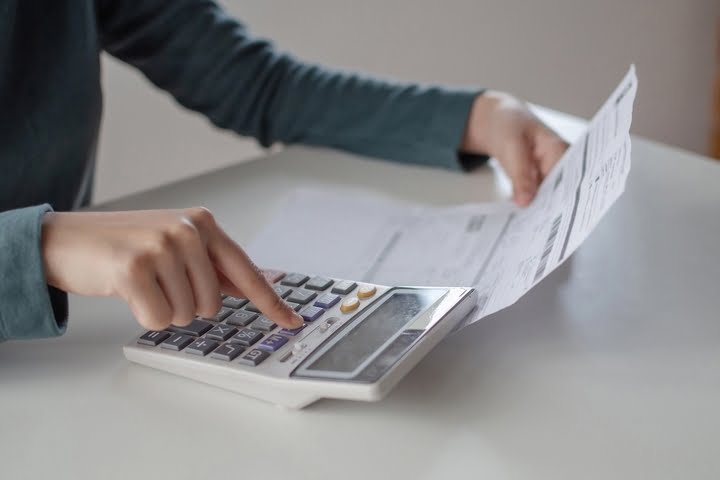The water damage from plumbing can occur inside your home at any time. In fact, it happens far more often than you might think, as leakages and blockages plague your household plumbing systems. This can cause serious problems, including dangerous mould growth and costly structural damages. The effects of water damage will only worsen over time, and prompt action is recommended.
Being able to identify the early signs of water damage can help you to identify the problems quickly. The good news is that a lot of the damage may be preventable if you can identify the plumbing leaks right away. Since the water damage is usually slow and gradual, you have enough time to contact a plumber and get these problems fixed.
Below are seven early signs of water damage from your plumbing systems. Keep in mind that the signs of water damage you see might just be the tip of the iceberg. There could be a lot more water damage hidden deep in the walls of your home.
Sign #1: Changes in Your Walls, Ceilings & Floors

To the untrained eye, it can be tricky to spot small, unremarkable changes in your home. You might not notice a bit of paint peeling off. You might also not notice bubbles behind the wallpaper. Your walls might slightly bulge, swell, or become warped, but it’s imperceptible to you. All these minor changes to your walls may be early signs of water damage.
The water damage can also seep into your ceilings and floors. Look up at your ceilings, taking note of any dark or discoloured patches. Similarly, pay attention to your floors for signs of water damage. You may notice subtle changes in how the flooring looks or the fact that they’re slowly acquiring a sponge-like feel.
Sign #2: Pooling Water

Pooling water near your plumbing systems is a definite sign of leaking water damage. Sometimes, the pool of water may be so small that you don’t really notice it at first. The water-damaged floors might only be wet in the spaces that don’t see much foot traffic, such as the corners of your room.
The presence of pooling water may lead to mould growth. It can be difficult to detect mould that grows in the cracks of your floor tiles, which aren’t too visible at first. By the time you realize that your tiles are peeling, or your hardwood floors have warped, it might be too late for a simple plumbing repair job.
You are likely to find pooling water under your sink or around your toilet. These inauspicious puddles of water may also be found near pipes that have burst or corroded.
Sign #3: Irregular-Shaped Stains

A slow yet steady leak from your plumbing will eventually cause staining on your walls, ceilings, or floors. If an area of your home stays damp for too long, mould may grow. The mould needs consistent moisture to grow; you’ll commonly find it in carpeting, wood, ceilings, and drywall. Mould is commonly found in basements, kitchens, and bathrooms.
If you suspect there’s water damage, start inspecting any space with a large plumbing network and considerable water flow. The stains you should look out for will have a yellowish or brownish appearance. Their shapes will look irregular with jagged edges. These stains are created when the area gets wet and then dries out repeatedly.
Sign #4: Strange Sounds

Do you hear running water when you haven’t turned on a tap, used the dishwasher, or flushed the toilet? The sound of constantly running water is a suspicious sign, possibly indicating water damage from your plumbing systems.
These strange sounds can either be loud and consistent, or muted and irregular. You will need to be alert if you suspect water damage from your plumbing. Observe your household in silence for a short while, taking note of any dripping, banging, or vibrating noises near your pipes. With a little sleuthing, you should be able to identify where the sounds are coming from.
Sign #5: Strange Smells

Water damage has a distinct smell. The musty odour is often compared to that of damp newspaper or cardboard. This type of unpleasant smell may be found in a humid or damp area of your home, which likely has a plumbing leak. The smell will get stronger as you get closer to the site of the water damage.
You may be used to certain scents and aromas in your household, making the strange smells from water damage difficult to distinguish. Stay alert to any new odours that emerge near plumbing systems, since this is an early sign of water damage.
Sign #6: Big Water Bills

Your monthly water bill should stay consistent with no significant increases or decreases. Certainly, there are times when you’ll use more water, like irrigating your lawn in the summer. However, you shouldn’t see an astronomical jump in the utility costs.
If there’s a rise in your water bills, it probably means you have a problem somewhere, such as a leaky faucet or shower head. These leaks may be accompanied by potential water damage.
Sign #7: Worn Plumbing and Appliances

A plumbing leak comes from a variety of places. Your washing machine, dishwasher, old pipes, water heater, or toilet can all be the source of water damage. If you have older models of appliances and HVAC systems in your home, it’s a good idea to monitor them for wear and tear.
When any of these appliances or plumbing systems have issues, it could indicate a crack or leak that should be further investigated. Stay on top of your plumbing maintenance and inspection routines to prevent further water damage.



